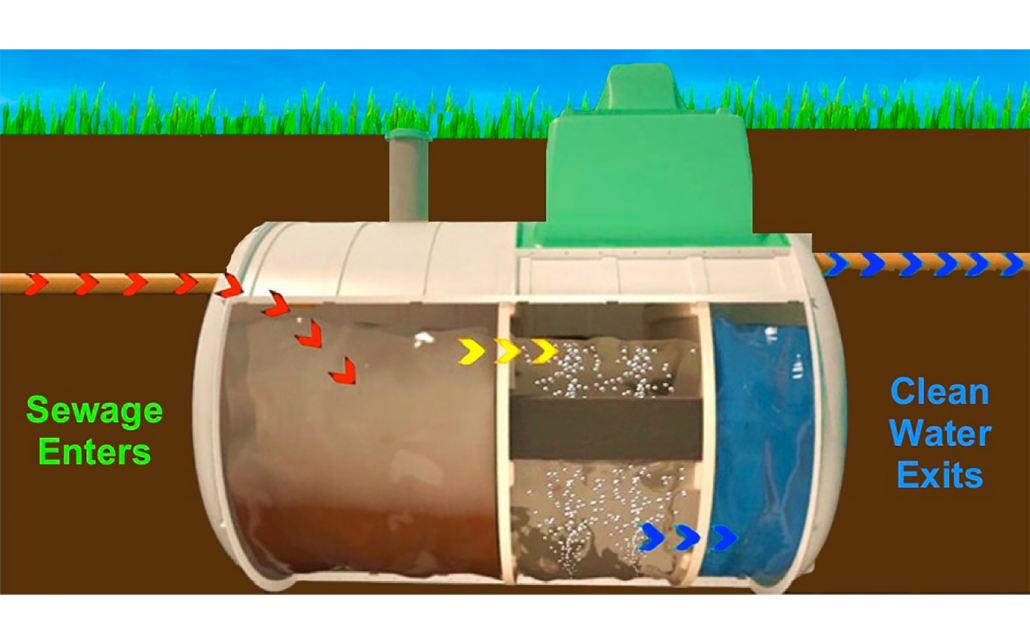How Do Treatment Plants Work?
A treatment plant is a small-scale domestic sewage system common in areas with no connection to mains sewerage.
A treatment plant works in a similar way to a septic tank, only with an added chamber where a pump aerates the waste improving and speeding up the breakdown process so that when the waste leaves the chamber it is a cleaner waste than that of a septic tank.
This is why treatment plants are often legally required by the environment agency if a property is next to a water source as these tanks can discharge direct into a water course legally.
The Importance of Maintenance
Treatment plant maintenance is often compared to vehicle maintenance because only a little effort on a regular basis can save a lot of money and significantly prolong the life of your system.
Yearly emptying and inspections of your treatment plant ensures that it is working properly and is kept in a good condition. This saves you from the inconvenience and high costs of blocked pipes, backing up tanks and failed soakaways.
Although very similar maintenance to that of a septic tank, a treatment plant does have some extras costs:
- The pump and parts need servicing and sometimes replacing if a part fails.
- Although a small cost they do need an electric supply to run the treatment plant

